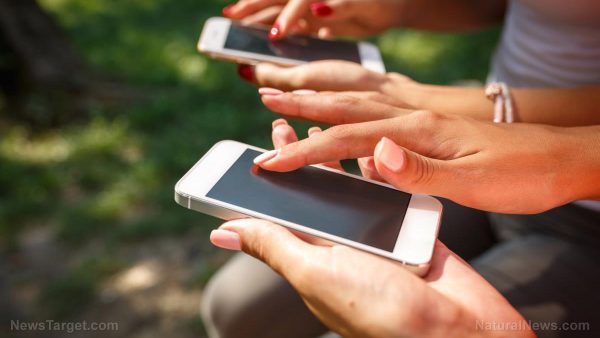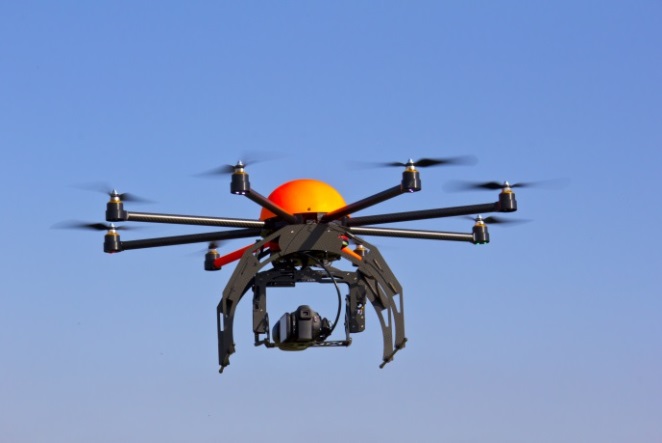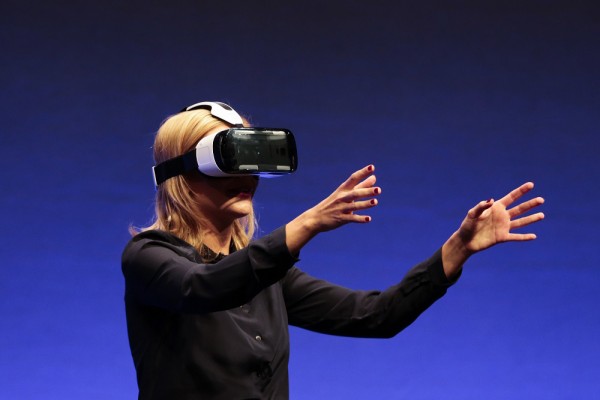3D printing is the definition of a true sleeping giant. It has the potential to shake up multiple industries, from prototyping to manufacturing, as well as in fields such as medicine and the arts. It has come a long way since it first hit the mass market a few years ago, but it’s still quite a ways from reaching its final destination.
Researchers from all over the world have been testing 3D printers to see just how far they can take the exciting new technology. Now a team from the University of Washington (UW) have come up with a way to print 3D objects and have them connect to a wireless router without the use of any electronics. This could have a tremendous impact on home automation and smart objects in general.
3D-printed wireless-capable object
UW engineers set out to create a type of smart object that can connect to the Internet without the use of any electronics. This resulted in a paper, with details of the system they ended up creating and using, that was presented last November at the Association for Computing Machinery‘s SIGGRAPH Conference and Exhibition on Computer Graphics and Interactive Techniques in Asia.
By using what the team calls “backscatter techniques,” the researchers were able to give 3D-printed objects the ability to “exchange information” with wireless routers. Once this was done, they used the objects, which had no electronic components whatsoever, to connect with nearby antennas and transmit data that can be decoded by a Wi-Fi receiver.
This was done mostly to serve as a proof of concept, and the researchers managed to do simple tasks such as pushing a button to turn on a screen, going back and forth on a volume slider, and measuring wind speed and water pressure. But it could lead to more complex machines if further developed.
According to the study’s co-lead author and UW electrical engineering doctoral student Vikram Iyer, their goal was to create something that just comes out of a 3D printer at home and sends useful information to other devices. The challenge for them was to figure out how to use Wi-Fi if the objects they 3D print are made entirely out of plastic, as “that’s something that no one has been able to do before.”
The answer to that problem came in the form of radio signal reflectors that they attached to parts of their 3D-printed objects. As soon as the reflectors get hit with Wi-Fi signals coming from a router, they bounce those signals right back, to be received by a nearby Wi-Fi receiver and later decoded. This kind of setup makes the system perfect for physical actions, like button pushes and gear turns.
Wireless possibilities
For the study’s senior author Shyam Gollakota, an associate professor at the Paul G. Allen School of Computer Science & Engineering, the possible uses for the system that they’re trying to develop lies squarely in the internet of things. As an example, having a gear that’s designed based on the rules of their system could help tell you if you need to buy a new bottle of laundry detergent or not.
“As you pour detergent out of a Tide bottle, for instance, the speed at which the gears are turning tells you how much soap is flowing out. The interaction between the 3D-printed switch and antenna wirelessly transmits that data,” explains Gollakota. “Then the receiver can track how much detergent you have left and when it dips below a certain amount, it can automatically send a message to your Amazon app to order more.”
The creation of these widgets seems like the right kind of approach to better smart appliances that you may one day end up furnishing for yourself at home.
Read more about game-changing technologies at Inventions.news.
Sources include:
Washington.edu
QZ.com



















